CHICAGO, US: In mid-January, the average US dental clinic’s appointment schedule was at 77% of capacity. The leading factor which contributed to preventing a fuller schedule was the number of patient cancellations, and this was followed by a lack of patients and difficulty in filling vacant staff positions, according to fresh research by the American Dental Association Health Policy Institute (HPI).
HPI conducts a monthly poll in order to measure the economic outlook of US dentists during the COVID-19 pandemic, and to recognise and gauge emerging issues in the industry. In January, its specialist report focused on how busy dentists had been in the week of 10–16 January and on which factors had prevented those without full schedules from seeing more patients.
On average, dentists had worked at 77% of their appointment scheduling capacity during the period. Broken down by specialty, oral and maxillofacial surgeons had had the highest mean percentage of filled appointments (84.1%), followed by periodontists (82.5%) and prosthodontists (80.3%). Paediatric dentists reported the lowest mean percentage (73.5%), and general dentists reported a mean percentage of 76.7%. Having had an average of 85.1% of appointments filled, dentists in public health settings had been busier than their colleagues in private practice.
Number of patient cancellations was by far the most commonly cited factor among all dental specialties
When asked which factors had prevented their schedules from being filled, just 28.6% of general dentists in private practice listed COVID-19 safety protocols. Patient cancellations, however, were mentioned by 90.6%, and a lack of patients making appointments was mentioned by 37.6%. For 32.2% of respondents, trouble filling vacant staff positions had been a factor preventing a fuller schedule.
Number of patient cancellations was by far the most commonly cited factor among all dental specialties—and was mentioned by 85.7% of oral and maxillofacial surgeons, 82.6% of endodontists, 81.8% of orthodontists, 90.8% of paediatric dentists, 93.8% of periodontists and 87.5% of prosthodontists.
The results for dentists working in public health settings were not broken down according to specialty, and 82.5% of these dentists said that patient cancellations had contributed to empty time slots.
HPI began conducting the monthly poll Economic Outlook and Emerging Issues in Dentistry in January 2022. It had previously conducted the monthly poll COVID-19 Economic Impact on Dental Practices, beginning in March 2020 and ending in December 2021. The specialist survey, from which the results reported in this article were taken, was part of the first wave of the new poll. It received responses from 1,860 dentists across the US and can be accessed here.
Tags:
CHICAGO, US: Private dental clinics in the US finished the year with stable patient volumes. However, in the latter months of 2021, a greater number of ...
SACRAMENTO, Calif., U.S.: Dentistry has recently topped the list of the most dangerous jobs for risk of SARS-CoV-2 transmission, and although dentists are ...
JEDDAH, Saudi Arabia: A recent study conducted by dental researchers from Saudi Arabia’s Batterjee Medical College sought to better understand how ...
Live webinar
Tue. 6 August 2024
6:00 pm EST (New York)
Live webinar
Tue. 6 August 2024
8:00 pm EST (New York)
Dr. Cameron Shahbazian DMD MBA
Live webinar
Tue. 13 August 2024
7:00 pm EST (New York)
Live webinar
Wed. 14 August 2024
12:30 pm EST (New York)
Live webinar
Wed. 21 August 2024
9:00 am EST (New York)
Dr. Jim Lai DMD, MSc(Perio), EdD, FRCD(C)
Live webinar
Thu. 22 August 2024
4:00 pm EST (New York)
Live webinar
Wed. 28 August 2024
8:00 pm EST (New York)



 Austria / Österreich
Austria / Österreich
 Bosnia and Herzegovina / Босна и Херцеговина
Bosnia and Herzegovina / Босна и Херцеговина
 Bulgaria / България
Bulgaria / България
 Croatia / Hrvatska
Croatia / Hrvatska
 Czech Republic & Slovakia / Česká republika & Slovensko
Czech Republic & Slovakia / Česká republika & Slovensko
 France / France
France / France
 Germany / Deutschland
Germany / Deutschland
 Greece / ΕΛΛΑΔΑ
Greece / ΕΛΛΑΔΑ
 Italy / Italia
Italy / Italia
 Netherlands / Nederland
Netherlands / Nederland
 Nordic / Nordic
Nordic / Nordic
 Poland / Polska
Poland / Polska
 Portugal / Portugal
Portugal / Portugal
 Romania & Moldova / România & Moldova
Romania & Moldova / România & Moldova
 Slovenia / Slovenija
Slovenia / Slovenija
 Serbia & Montenegro / Србија и Црна Гора
Serbia & Montenegro / Србија и Црна Гора
 Spain / España
Spain / España
 Switzerland / Schweiz
Switzerland / Schweiz
 Turkey / Türkiye
Turkey / Türkiye
 UK & Ireland / UK & Ireland
UK & Ireland / UK & Ireland
 Brazil / Brasil
Brazil / Brasil
 Canada / Canada
Canada / Canada
 Latin America / Latinoamérica
Latin America / Latinoamérica
 USA / USA
USA / USA
 China / 中国
China / 中国
 India / भारत गणराज्य
India / भारत गणराज्य
 Japan / 日本
Japan / 日本
 Pakistan / Pākistān
Pakistan / Pākistān
 Vietnam / Việt Nam
Vietnam / Việt Nam
 ASEAN / ASEAN
ASEAN / ASEAN
 Israel / מְדִינַת יִשְׂרָאֵל
Israel / מְדִינַת יִשְׂרָאֵל
 Algeria, Morocco & Tunisia / الجزائر والمغرب وتونس
Algeria, Morocco & Tunisia / الجزائر والمغرب وتونس
 Middle East / Middle East
Middle East / Middle East
:sharpen(level=0):output(format=jpeg)/up/dt/2024/07/Study-evaluates-primary-personality-types-among-dental-students.jpg)
:sharpen(level=0):output(format=jpeg)/up/dt/2024/07/Shutterstock_2330040761.jpg)
:sharpen(level=0):output(format=jpeg)/up/dt/2024/07/file-7.jpg)
:sharpen(level=0):output(format=jpeg)/up/dt/2024/07/Our-commitment-to-digital-dentistry-is-a-cornerstone-of-our-strategy.jpg)
:sharpen(level=0):output(format=jpeg)/up/dt/2024/07/Shutterstock_1051488260.jpg)
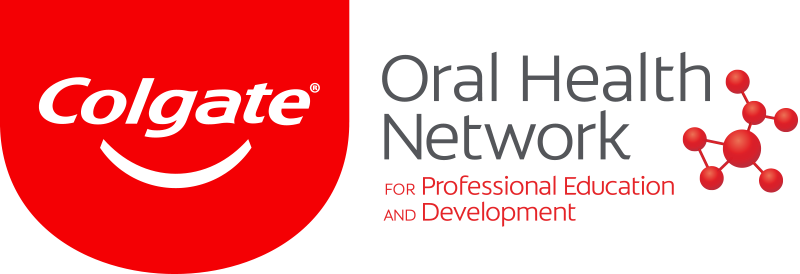


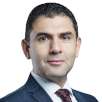

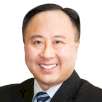


:sharpen(level=0):output(format=png)/up/dt/2022/01/HASSBIO_Logo_horizontal.png)
:sharpen(level=0):output(format=png)/up/dt/2024/06/VOCO_logo_freigestellt-schmal-1.png)
:sharpen(level=0):output(format=png)/up/dt/2014/02/FKG.png)
:sharpen(level=0):output(format=png)/up/dt/2024/01/ClearCorrect_Logo_Grey_01-2024.png)
:sharpen(level=0):output(format=png)/up/dt/2014/02/EMS.png)
:sharpen(level=0):output(format=jpeg)/up/dt/2022/02/How-busy-were-US-dentist-in-January.jpg)
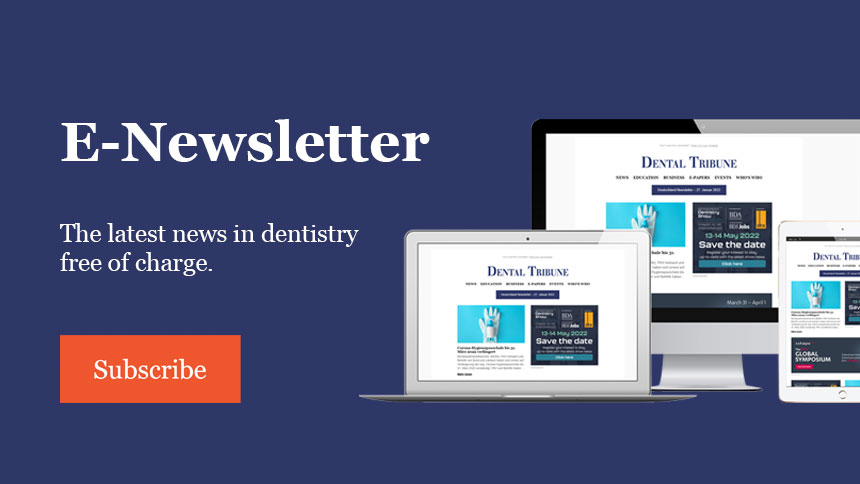
:sharpen(level=0):output(format=jpeg)/up/dt/2024/07/Study-evaluates-primary-personality-types-among-dental-students.jpg)
:sharpen(level=0):output(format=gif)/wp-content/themes/dt/images/no-user.gif)
:sharpen(level=0):output(format=jpeg)/up/dt/2022/01/Happy-holidays_fees-up-and-confidence-down-among-US-dentists-in-December.jpg)
:sharpen(level=0):output(format=jpeg)/up/dt/2020/07/Increasing-dental-patient-volume-after-SARS-CoV-2-lockdown.jpg)
:sharpen(level=0):output(format=jpeg)/up/dt/2022/01/shutterstock_1787448575.jpg)

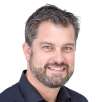




:sharpen(level=0):output(format=jpeg)/up/dt/2024/07/Study-evaluates-primary-personality-types-among-dental-students.jpg)
:sharpen(level=0):output(format=jpeg)/up/dt/2024/07/Shutterstock_2330040761.jpg)
:sharpen(level=0):output(format=jpeg)/up/dt/2024/07/file-7.jpg)
:sharpen(level=0):output(format=jpeg)/wp-content/themes/dt/images/3dprinting-banner.jpg)
:sharpen(level=0):output(format=jpeg)/wp-content/themes/dt/images/aligners-banner.jpg)
:sharpen(level=0):output(format=jpeg)/wp-content/themes/dt/images/covid-banner.jpg)
:sharpen(level=0):output(format=jpeg)/wp-content/themes/dt/images/roots-banner-2024.jpg)
To post a reply please login or register